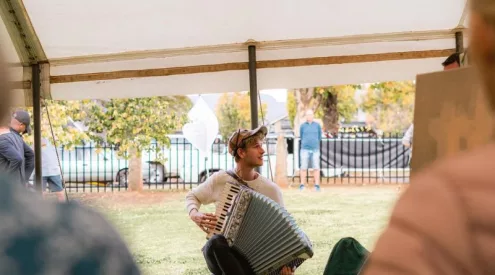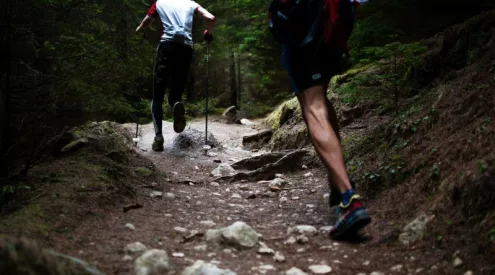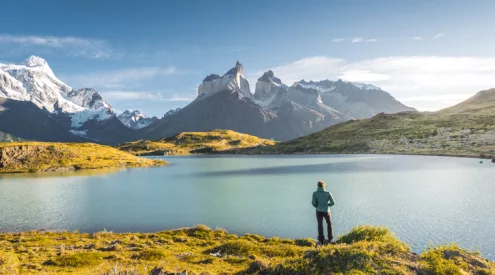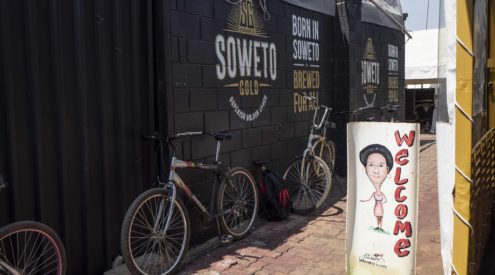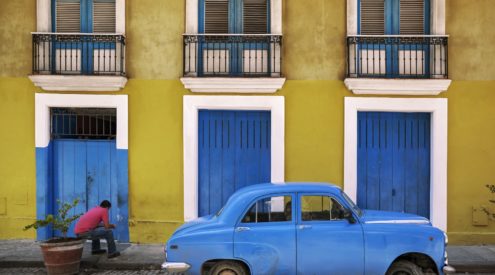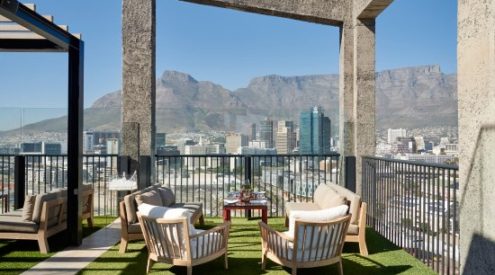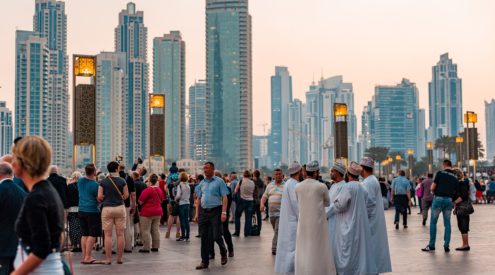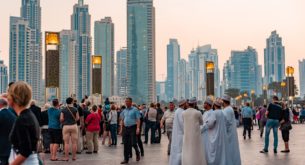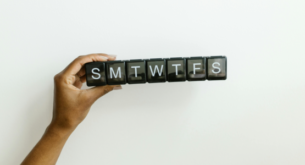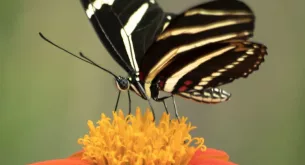Leh is surrounded by large, ancient gompas and we visited several.
Lamayuru on the Kargil-Leh road is surrounded by soaring mountains, Spituk (a thousand years old) has a brooding presence and a roomful of devil masks, Thikse, built in the 15th century, contains a 14-metre gold-clad Buddha-to-come (there are said to be 1000 Buddhas – 999 to go) – and Stok Palace, a museum, is where now-disenfranchised royals once lived.
On the gompa walls were paintings of wrathful and peaceful Tibetan deities in sharp, intense reds, whites, blues and golds, staring at us with tender or terrible faces.
Our prime goal, however, was to attend the ‘devil-dance’ festival at the Hemis monastery. Its the biggest Buddhist monastery in Ladakh, some 45 kilometres southeast of Leh. The ceremony is held on the 10th day of the Tibetan lunar month (late June or early July), it’s a celebration of the birth of Guru Padmasambhava, who is said to have rid the area of demons.
The gompa is nestled high up a valley backdropped by snowy peaks. To get there the head lama had evidently walked – sometimes through chest-high snow – for 40 days to get there in time.
The two-day pageant attracts around a hundred thousand locals and a few tourists. We wandered up to the gompa walls through busy market stalls, gulping the thin, breathless air (altitude 3650 metres). Inside, a huge crowd had gathered round a courtyard centred by a flagpole. The crush of people was scary, but the gentleness of the Ladakhis was assuring.
Huge horns sounded, drums rolled, cymbals clashed and the chham dances began. Lamas robed in colourful garments with startlingly frightful masks performed mimes representing the progress of the individual soul and its purification in the triumph of good over evil. I ended up on the sloping ledge of a crumbling rooftop and tried not to think about the huge drop behind me as people pushed past.
The dances ended with the ritual destruction by the dance leader of a human figure made of dough. Its pieces were scattered in four directions, depicting, perhaps, the destruction of the troublesome ego or the cleansing of the soul after death. The festival’s a photographer’s dream.


